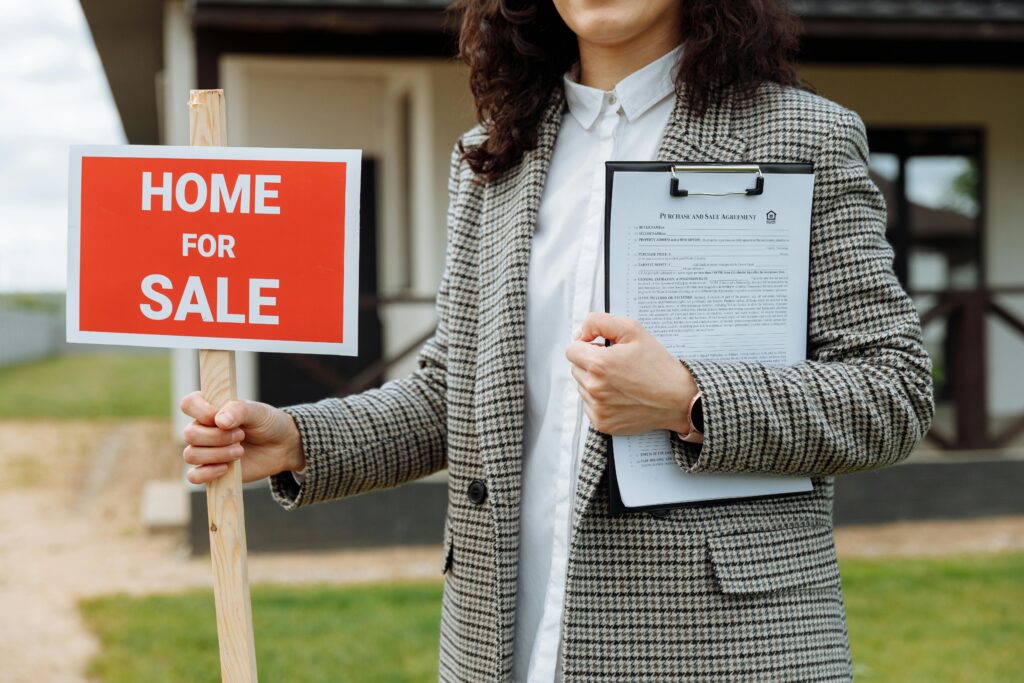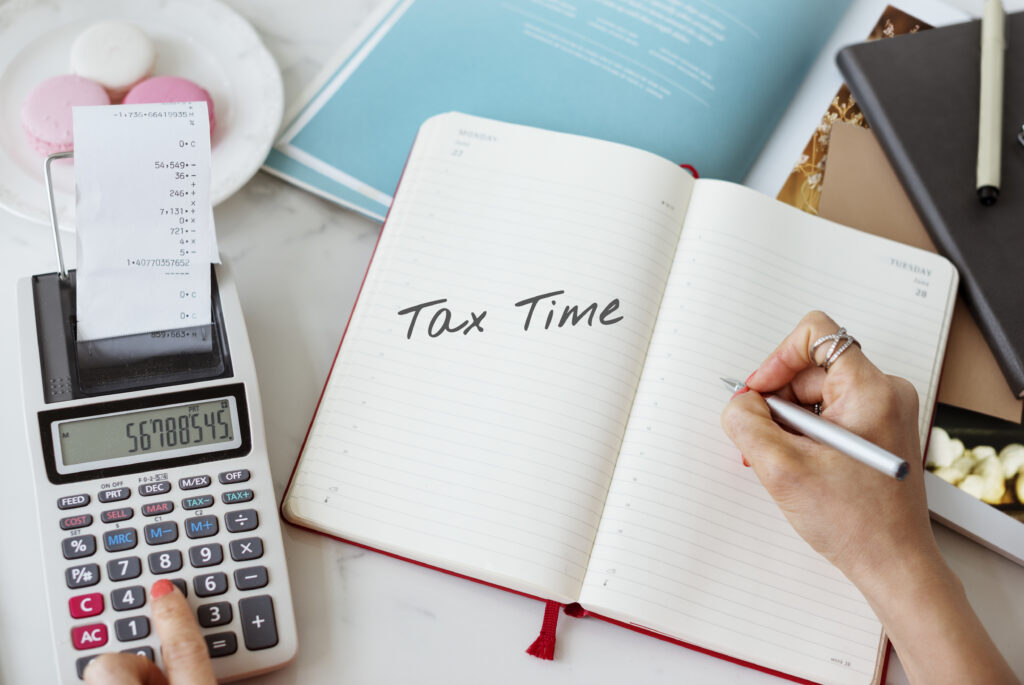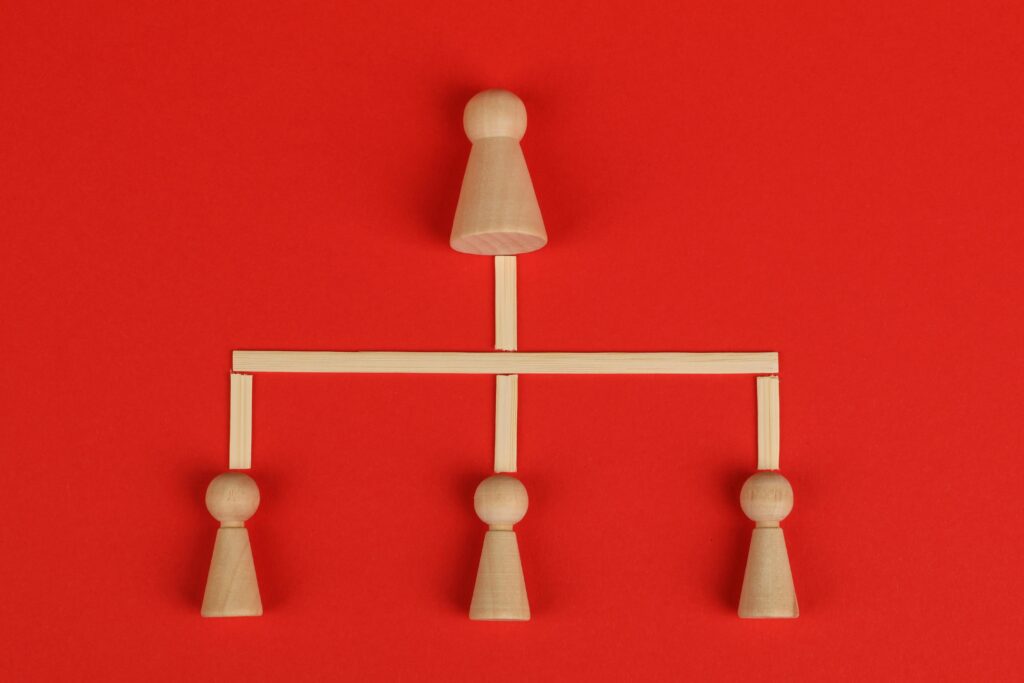For property investors, capital expenditure (CapEx) plays a crucial role in determining tax liabilities when selling a property. Properly identifying and claiming CapEx can significantly reduce your Capital Gains Tax (CGT) liability, helping you retain more of your profits.
In this blog, we’ll explore what qualifies as CapEx, its impact on property sales, and how to optimise your tax position.
1. What Is Capital Expenditure (CapEx)?
Capital expenditure refers to the costs incurred to improve, enhance, or extend the life of an asset, such as a property. Unlike regular maintenance or repair costs, which are classified as revenue expenses, CapEx adds to the asset’s value and can be deducted from the sale price to calculate CGT.
Examples of CapEx:
- Building an extension or adding extra rooms.
- Renovating a kitchen or bathroom to a modern standard.
- Installing energy-efficient systems, such as solar panels.
- Significant landscaping projects that add value.
What Doesn’t Qualify as CapEx?
- Routine repairs (e.g., fixing a leaky roof or repainting walls).
- General maintenance to restore a property to its original condition.
2. Why Is CapEx Important When Selling Property?
When you sell a property, CGT is calculated on the difference between the sale price and the original purchase price, minus allowable costs. CapEx is one of the key costs you can deduct, reducing the taxable gain.
Example:
- Purchase Price: £200,000
- Sale Price: £350,000
- Capital Expenditure (e.g., extension, £50,000): Deducted from the gain.
Taxable Gain:
- £350,000 – £200,000 – £50,000 = £100,000
Without claiming CapEx, you’d be taxed on a £150,000 gain. Including it reduces the taxable gain by £50,000, saving a higher-rate taxpayer up to £20,000 in CGT.
3. Key Rules for Claiming CapEx
A. Must Be an Improvement
The expenditure must enhance the property or increase its value, not simply restore it to its original state.
B. Must Be Incurred During Ownership
Only costs incurred while you own the property are eligible. Renovations completed by previous owners cannot be claimed.
C. Requires Proper Documentation
To claim CapEx, you’ll need detailed records, including:
- Invoices and receipts for materials and labour.
- Contracts and agreements with contractors.
- Photos or plans demonstrating the improvements made.
4. Common CapEx Mistakes to Avoid
- Confusing Repairs with Improvements
- Repairs fix damage or wear and tear, while improvements add value. For example, repairing a roof is a repair, but replacing it with a modern energy-efficient roof is CapEx.
- Poor Record-Keeping
- Without receipts or documentation, HMRC may disallow your claim.
- Failing to Apportion Costs
- If you improved a property used for both business and personal purposes, only the business portion can be claimed as CapEx.
5. How to Maximise CapEx Deductions
A. Plan Ahead
- Consider future tax implications when making improvements. For example, prioritise projects that add value and qualify as CapEx.
B. Work with Professionals
- Engage surveyors, contractors, or architects to ensure improvements meet CapEx criteria.
C. Maintain Detailed Records
- Keep all documentation related to improvements, including invoices, contracts, and plans.
D. Claim All Allowable Costs
- Don’t forget ancillary costs like planning permission, architect fees, and legal costs associated with improvements.
6. Case Study: Reducing CGT with CapEx
Mark purchased a buy-to-let property for £180,000 and sold it 10 years later for £300,000. During his ownership, he:
- Built an extension for £40,000.
- Replaced the kitchen with a modern design for £20,000.
- Repaired the boiler for £3,000 (not CapEx).
Mark worked with COPA Accounting to identify eligible CapEx, reducing his taxable gain:
- Purchase Price: £180,000
- Sale Price: £300,000
- Capital Expenditure: £40,000 + £20,000 = £60,000
Taxable Gain:
- £300,000 – £180,000 – £60,000 = £60,000
By correctly identifying and claiming CapEx, Mark saved £24,000 in CGT as a higher-rate taxpayer.
7. How COPA Accounting Can Help
At COPA Accounting, we specialise in property tax planning and can help you:
- Identify Eligible CapEx
- Distinguish between repairs and improvements to maximise deductions.
- Maintain Compliance
- Ensure all claims meet HMRC’s criteria and are supported by proper documentation.
- Plan Tax-Efficiently
- Develop strategies to minimise CGT when selling properties.
- Provide Expert Advice
- Whether you’re an individual landlord or part of a property portfolio, we tailor solutions to your needs.
8. Tools to Simplify CapEx Management
- Property Management Software: Track expenses and improvements over time.
- Cloud Storage: Store digital copies of receipts and invoices for easy access.
- Tax Calculators: Estimate CGT liability and the impact of CapEx claims.
Conclusion
Capital expenditure is a powerful tool for reducing tax liabilities when selling property. By understanding what qualifies as CapEx and maintaining proper records, you can save thousands in CGT and protect your profits.
At COPA Accounting, we’re here to guide you through the complexities of property tax planning. Contact us today to learn how we can help optimise your investment returns.
Discover more at COPA Accounting and take control of your property sales!







